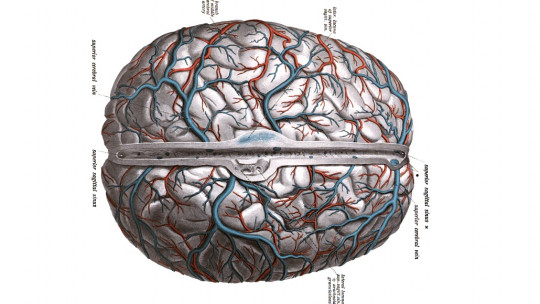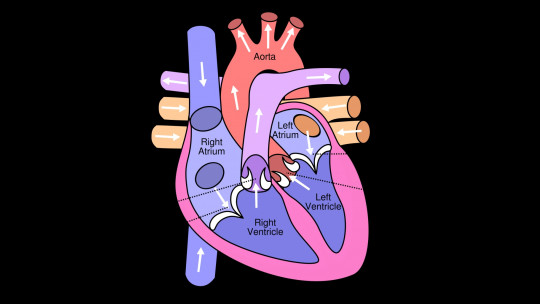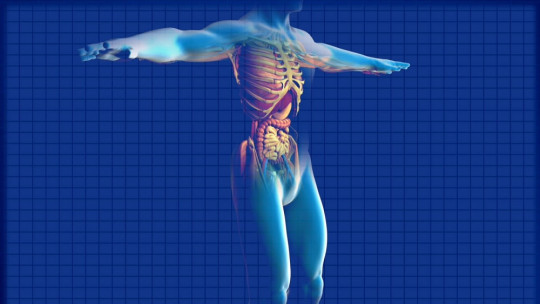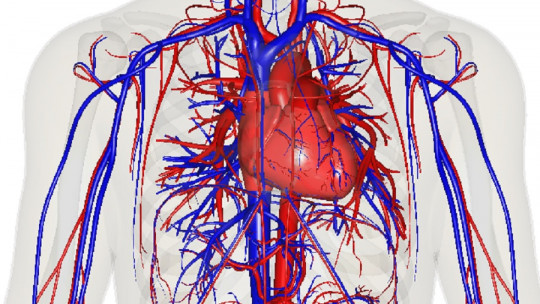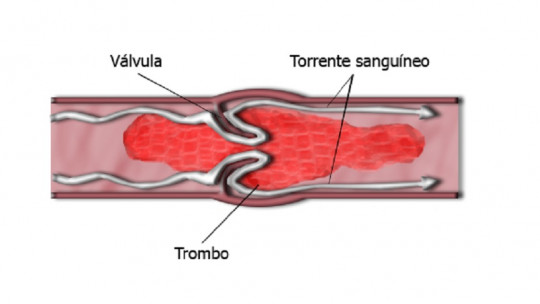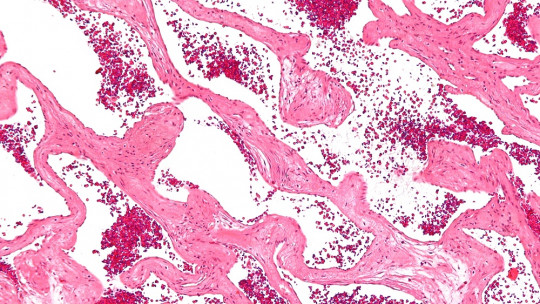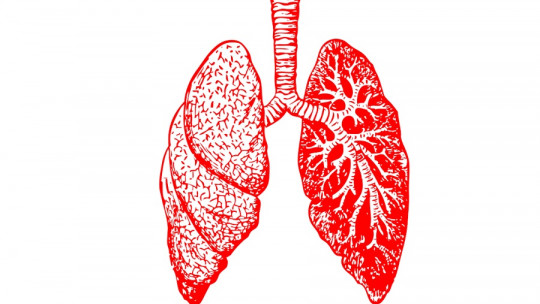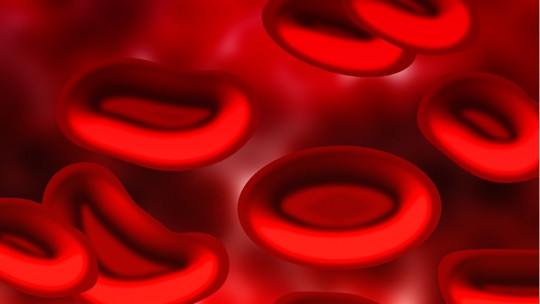Our body is a highly complex organism, made up of various systems that act together to allow our survival.
These systems interact with each other, often being interdependent, in such a way that the functioning of some affects or even allows others to perform their function. This is what happens with the vascular system, which allows blood to be carried from the heart to the organs and vice versa, in such a way that it allows oxygen and nutrients to be carried to the body’s cells.
However, the vascular system can suffer some alterations that can hinder the proper functioning of the body, such as atherosclerosis. This problem is linked to the cholesterol levels in our body, and being able to know the risk of suffering from it can save our life. One way to do this is to calculate the atherogenic index which we are going to talk about throughout this article.
What is the atherogenic index?
The atherogenic index is a mathematical formula formulated in order to calculate a person’s risk of suffering from atherosclerosis from your blood cholesterol levels. Thus, and based on certain values of this index that are taken as criteria for this, we can determine or predict the probability that the person’s arteries will end up becoming blocked if no modification is introduced in their levels.
The atherogenic index, also called Castelli index based on the director of the study that gave rise to the formula (William Castelli), expresses at a mathematical level the relationship or proportion between total cholesterol levels and high-density lipoprotein or HDL levels. (also popularly known as good cholesterol), in milligrams. Specifically, the general formula is as follows: Atherogenic index = Total cholesterol/HDL cholesterol.
However, although this is the most commonly considered atherogenic index, in reality it should be taken into account that we could speak of different atherogenic indices: There are different formulas that allow us to obtain an index with which to assess the risk of the appearance of atherosclerosis In addition to the ratio between total cholesterol and good cholesterol, we can calculate the ratio between bad cholesterol and good cholesterol (LDL/HDL) or the ratio between triglycerides and HDL cholesterol.
Interpretation and reference values
The interpretation of the results of the atherogenic index (considering the first of the mentioned formulas) must take into account that The presence of high HDL cholesterol values will cause us to have a relatively low index something that implies a lower risk of obstruction and heart problems.
On the contrary, proportionally lower levels of HDL cholesterol than the rest They will cause or make more likely the presence of heart problems, assuming that in the total cholesterol there will be a greater prevalence of bad cholesterol, low-density lipoproteins. The resulting index will be low.
Regarding the values, we can find that as reference values there is a minimum risk of atherosclerosis when we obtain an index of 3.5 or less. The risk becomes moderate when the values are between 3.5 and 4.5, at which point it becomes necessary to start controlling cholesterol and it would be useful to implement prevention strategies. Finally, those values greater than 4.5 represent a maximum risk of atherosclerosis, that is, there is a very high risk of suffering from some type of coronary heart disease. It is necessary to establish measures to lower cholesterol and monitor these levels.
These levels They must also take into account the sex of the person in question : the high risk is in men at values of 4.5-5 or more, while in women we can consider any value above 4 as high risk.
Atherosclerosis and its risks
The atherogenic index serves, as we have said, to visualize the risk of suffering from atherosclerosis through numerical values.
Atherosclerosis is a vascular disease or disorder characterized by the accumulation of cholesterol and lipid particles in the walls of the arteries The walls of the vessels become clogged, leaving less space for blood to flow and increasing the risk of blockage. Likewise, it is common for there to be a hardening and loss of flexibility of the walls of the arteries, which, together with the increase in blood pressure (because the tube through which the blood passes is narrower) can cause ruptures. in the vessels and hemorrhages.
Atherosclerosis is a relatively common condition but if not controlled It can be very dangerous and lead to death It is a disease that can lead to hemorrhages, thrombosis or stroke, in addition to generating severe heart problems. The brain, kidneys or liver can also be tremendously affected, as it can cause cell death. One of the greatest risks of this disease is that it does not actually usually cause symptoms until it causes complications, so treatment may be late.
Fortunately This risk can be controlled by reducing bad cholesterol or raising good cholesterol , controlling diet, weight or exercise. Risk factors must also be controlled and taken into account: age, diabetes, smoking, hypertension, a sedentary lifestyle or the presence of a family history are risk factors to be assessed, and some can be controlled such as a sedentary lifestyle, hypertension, diabetes or smoking to reduce cholesterol levels.


